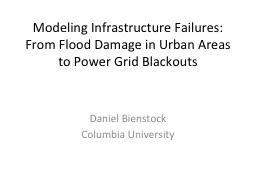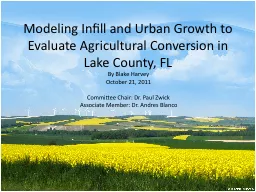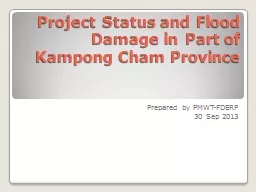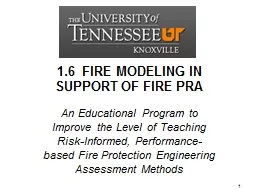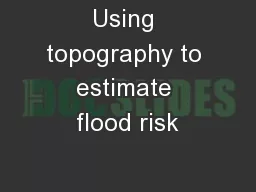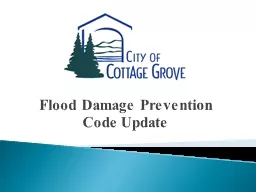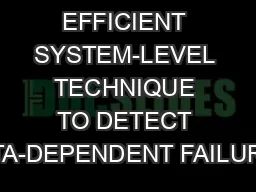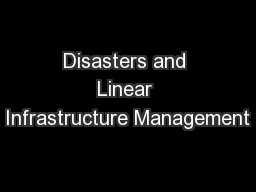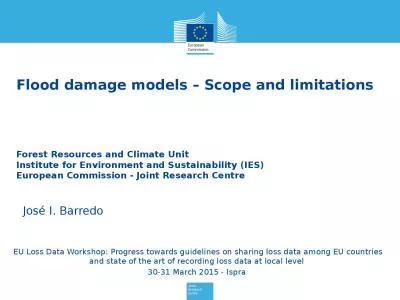PPT-Modeling Infrastructure Failures: From Flood Damage in Urban Areas to Power Grid Blackouts
Author : relievinglexus | Published Date : 2020-06-30
Daniel Bienstock Columbia University Ongoing work NSF CRISP joint with George Deodatis Heather Lazrus Kyle Mandli and Rebecca Morris focus protecting coastal
Presentation Embed Code
Download Presentation
Download Presentation The PPT/PDF document "Modeling Infrastructure Failures: From F..." is the property of its rightful owner. Permission is granted to download and print the materials on this website for personal, non-commercial use only, and to display it on your personal computer provided you do not modify the materials and that you retain all copyright notices contained in the materials. By downloading content from our website, you accept the terms of this agreement.
Modeling Infrastructure Failures: From Flood Damage in Urban Areas to Power Grid Blackouts: Transcript
Download Rules Of Document
"Modeling Infrastructure Failures: From Flood Damage in Urban Areas to Power Grid Blackouts"The content belongs to its owner. You may download and print it for personal use, without modification, and keep all copyright notices. By downloading, you agree to these terms.
Related Documents

